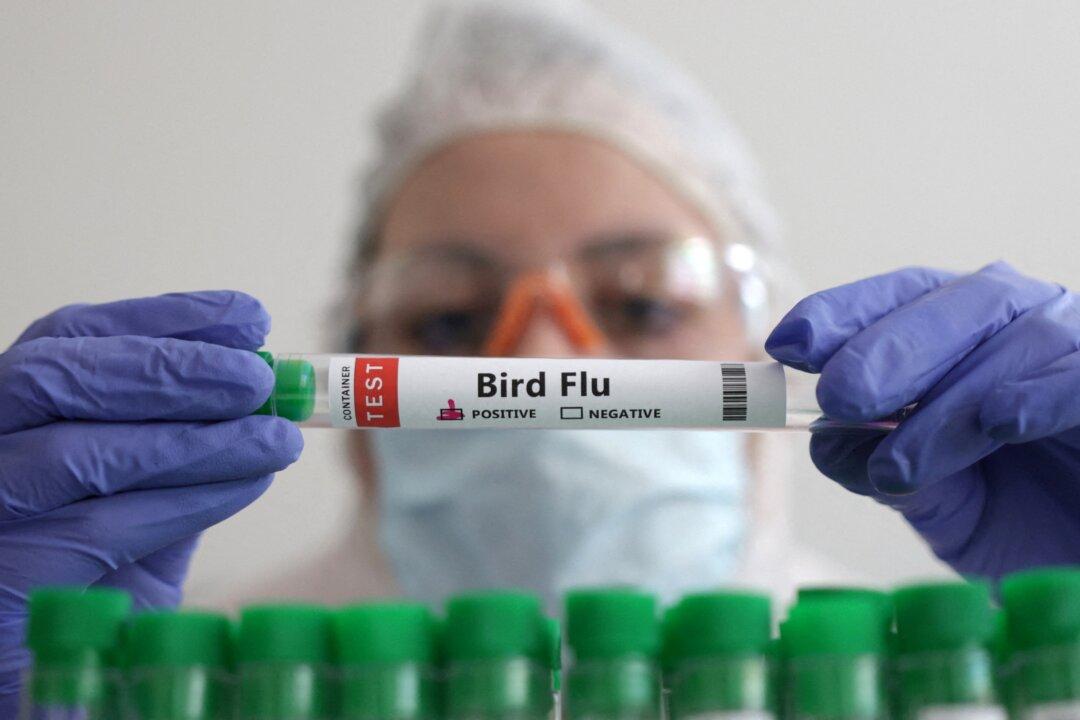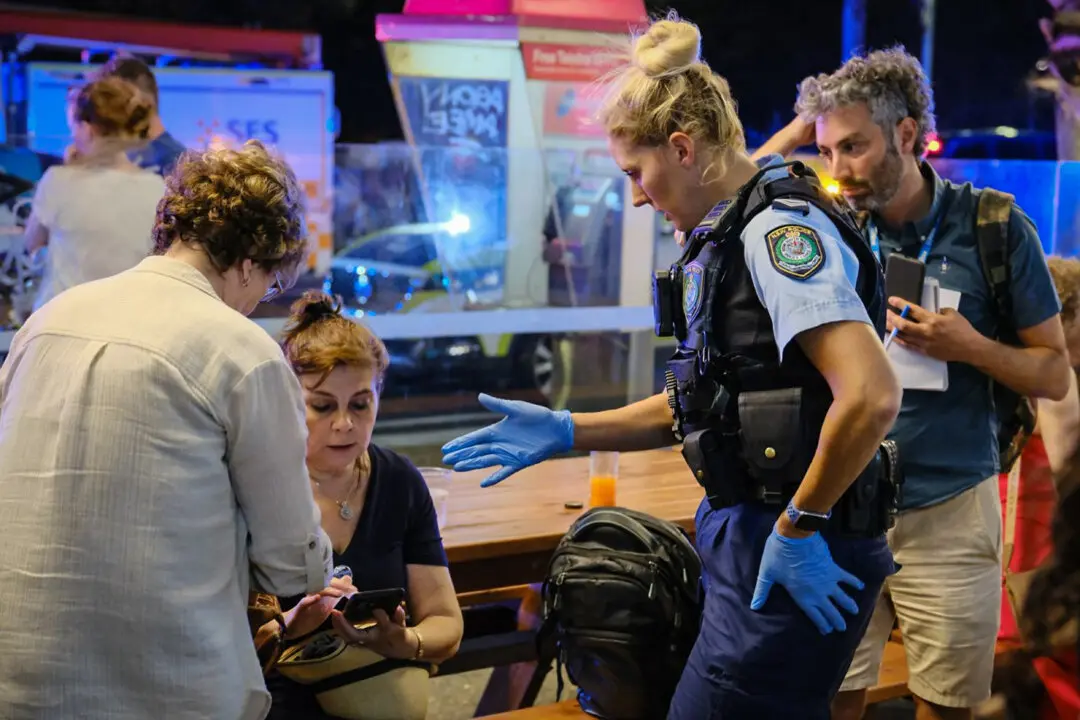Australia’s first bird flu H5N1 infection was sent to the World Health Organisation (WHO) for further characterisation before it was formally identified.
The revelation comes after an Avian Influenza A (H5N1) case was identified in a two-and-a-half-year-old child who had travelled to India.





